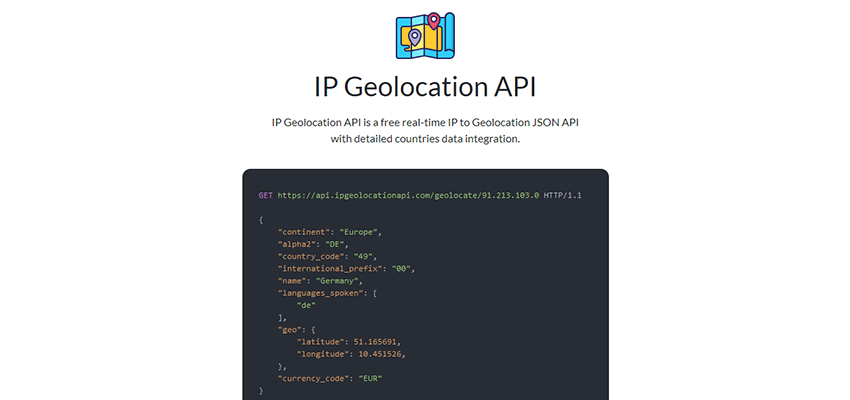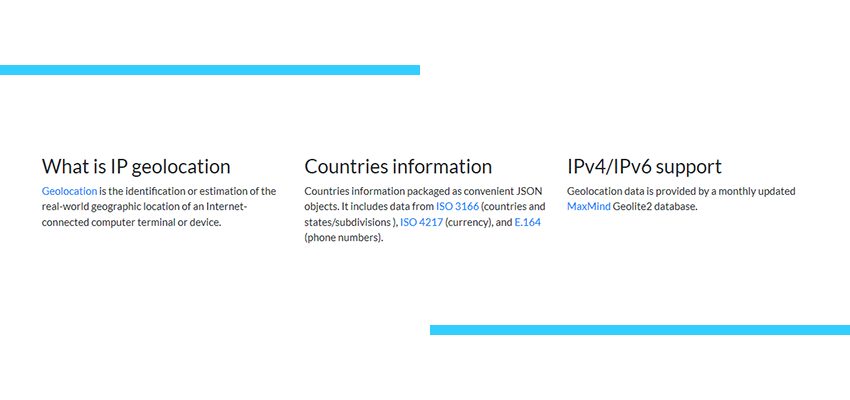Hydroxycut and Garcinia Cambogia May Lead to Liver Failure
A recent report published in the March-April issue of the Journal of Clinical and Experimental Hepatology highlighted the case of a 24-year-old woman in India who succumbed to liver failure after taking dietary supplement Herbalife. But Herbalife is not the only herbal and dietary supplement (HDS) that could result in liver failure with reports of both Hydroxycut and Garcinia Cambogia causing it as well.
Garcinia Cambogia
Garcinia cambogia is a supplement derived from the garcinia gummi-gutta fruit. Despite a seemingly healthy origin, the supplement does not boast the same benefits.
A study published in Internal and Emergency Medicine highlighted four case reports of patients who presented with acute liver failure after taking supplements containing Garcina cambogia.
The first patient was a 61-year-old woman with 10-day abdominal pain, nausea, progressive weakness, jaundice, dark urine, and acholic stools. The patient revealed that for the past two months, she had been taking one daily doses of SUPER ANANAS SLIM, which contains—among other things—Garcina cambogia, which contains hydroxycitric acid.
“Laboratory tests performed during the ED visit revealed that alanine aminotransferase (ALT), aspartate aminotransferase (AST), total bilirubin (TB), direct bilirubin, albumin, alkaline phosphatase (ALP), and gamma glutamyl transferase (GGT) values were out of the normal range,” the study authors wrote. “International normalized ratio (INR) at ED admission was in range (INR 1.6, range 0.83–1.9).”
A routine checkup three months earlier—before initiating SUPER ANANAS SLIM—had revealed normal levels. A CT scan revealed signs consistent with cholestatic hepatitis. TB levels declined after two sessions of plasmapheresis. The patient stopped taking the supplement, and within four weeks, her symptoms and liver function tests slowly returned to normal.
Another study published in the World Journal of Gastroenterology analyzed an association between Garcinia cambogia and fulminant hepatic failure.
Related Article: Herbalife ‘Scam’ Weight Loss Product Associated with Fatal Liver Failure
The case report discusses the experience of a 34-year-old Hispanic male whose symptoms began as nausea, vomiting, abdominal pain, and dark urine. The patient was tested for viral hepatitis, hemochromatosis, Wilson’s disease, autoimmune hepatitis, and hemochromatosis; the results were “unremarkable with exception of an elevated Ferritin level of 7089 mg/dL.” Imaging also showed no signs of cirrhosis or anatomic abnormality. He tested negative for drugs, acknowledged occasional alcohol use, and denied using energy drinks, herbs, Chinese teas, or muscle milk. The patient ceased alcohol use, which at first seemed to help. Six weeks later, he presented with asterixis, jaundice, and confusion.
Eventually, a liver biopsy revealed “submassive necrosis with collapse of the hepatic architecture involving about 70% of the liver parenchyma.” The diagnosis initially appeared to be drug-induced liver injury, but the patient ultimately shared he had been taking Garcinia Cambogia 5:1 Extract in two 80 mg capsules three times a day before eating for the five-month period before his initial symptoms.
The patient’s health and mental capacity continued to diminish, until he underwent an orthotopic liver transplant. He made a full recovery, and according to the researchers, “Histopathologic examination of the explanted liver demonstrated near total hepatic necrosis with massive hepatocellular dropout and mixed inflammatory cell infiltrates, consistent with severe drug-induced liver injury.”
The study authors concluded by drawing an association between Garcinia cambogia and Hydroxycut: “although the product name may change, deadly side effects remain the same.”
Hydroxycut
A study published in the Journal of General Internal Medicine profiled a case in which a rare, undiagnosed genetic disease presented complications incited by Hydroxycut. Researchers reported the case of a 23-year-old male who presented with four-day symptoms of photosensitive rash on his upper extremities and hands, nausea, vomiting, and abdominal pain. He reported no changes in his diet or drug or alcohol use but said he had been taking dietary supplement Hydroxycut for several months. His vital signs included a 102 degrees F temperature and a heart rate of 125 beats per minute. He also presented jaundice. Lab tests revealed “a white blood cell count (WBC) of 40.3/l, total bilirubin of 24.4 mg/dl (normal 0.2–1.3 mg/dl), conjugated bilirubin of 17.5 mg/dl (normal 0.3 mg/dl), alkaline phosphatase of 91 U/l (normal 38–126 U/l), aspartate aminotransferase (AST) 194 U/l (normal 5–35 U/l), alanine aminotransferase (ALT) 92 U/l (normal 7–56 U/l), and international normalized ratio (INR) of 1.5 (normal 0.8–1.2).” The patient underwent an ultrasound, CT scan, and magnetic resonance cholangiopancreatography, none of which provided telling results; he was tested for bacterial, mycobacterial, viral, and parasitic diseases, which also gave no answers.
A liver biopsy revealed “cholestasis with a neutrophilic infiltrate in the lobules and focal centrilobular sinusoidal dilatation with dropout of hepatocytes”—indicating possible drug-induced liver injury. The patient’s condition worsened for two months, and despite continued hospital care and discontinuation of Hydroxycut, he suffered acute kidney injury and spontaneous bacterial peritonitis. Given his young age and otherwise healthy history, doctors considered porphyria as a possibility. Several more tests brought them to a diagnosis of hereditary coproporphyria; the patient was successfully treated with hemin.
“In the case of our patient, Hydroxycut™ use was the cause of initial liver injury leading to fulminant failure in the setting of underlying porphyria,” the study authors wrote.
The researchers also pointed out that over-the-counter supplements tend to be regarded as safe by the general public, despite the fact that these supplements are often untested and unregulated.
Article source: https://www.docwirenews.com/docwire-pick/hydroxycut-and-garcinia-cambogia-may-lead-to-liver-failure/




